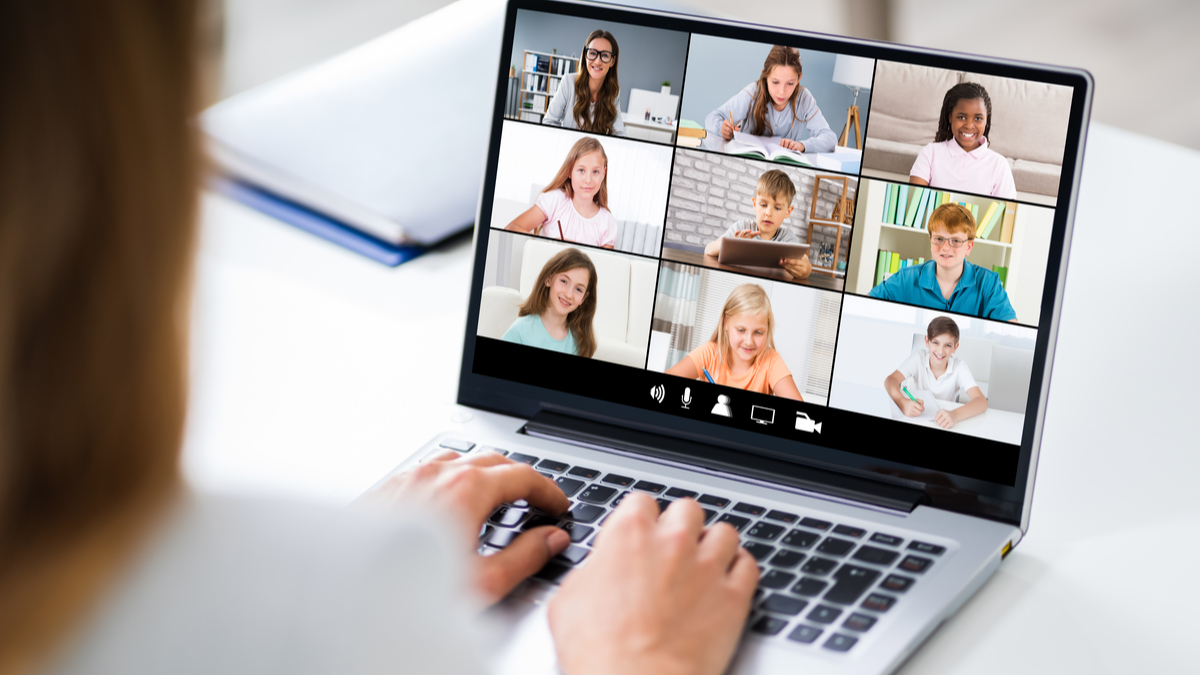In recent years, the education landscape has undergone a transformative shift with the widespread adoption of online learning. The rise of the virtual classroom has not only changed the way we approach education but has also opened up new opportunities for learners around the globe. This blog will delve into the various facets of online learning, exploring its benefits slot gacor, challenges, and the evolving role of the virtual classroom in shaping the future of education.
The Evolution of Online Learning:
Online learning, once considered a niche alternative to traditional classroom education, has evolved into a mainstream educational model. The advent of high-speed internet, advancements in technology, and the global connectivity of students have all contributed to the surge in popularity of virtual classrooms. The convenience and flexibility offered by online learning have made it an attractive option for individuals of all ages, from school students to working professionals seeking to enhance their skills.
Benefits of the Virtual Classroom:
- Accessibility and Flexibility: Online learning breaks down geographical barriers, allowing students to access educational resources and courses from anywhere in the world. The flexibility of scheduling enables learners to balance their education with work, family, and other commitments.
- Diverse Learning Resources: Virtual classrooms provide a wealth of digital resources such as multimedia content, interactive simulations, and online assessments. This diversity enhances the learning experience, catering to various learning styles and preferences.
- Cost-Effectiveness: Online learning often proves to be more cost-effective than traditional classroom education. Reduced commuting expenses, the absence of physical infrastructure costs, and the ability to reuse digital materials contribute to overall affordability.
- Personalized Learning: Adaptive learning platforms and intelligent algorithms empower virtual classrooms to personalize the learning experience. This tailoring of content to individual needs ensures that students can progress at their own pace, reinforcing understanding and retention.
Challenges in the Virtual Classroom:
- Technical Barriers: Despite the widespread access to high-speed internet, technical issues such as connectivity problems, hardware limitations, and software compatibility can pose challenges for some learners.
- Lack of Face-to-Face Interaction: One of the main criticisms of online learning is the absence of face-to-face interaction. While video conferencing tools can bridge this gap to some extent, the virtual environment may not fully replicate the dynamic interpersonal relationships forged in traditional classrooms.
- Self-Motivation and Discipline: Online learning demands a high level of self-motivation and discipline from students. Without the structure of a physical classroom, some learners may struggle to stay focused and organized.
The Future of the Virtual Classroom:
As technology continues to advance, the virtual classroom is poised to become an even more integral part of the education landscape. Augmented reality (AR) and virtual reality (VR) technologies hold the potential to create immersive learning experiences, bringing subjects to life in ways previously unimaginable. Additionally, the integration of artificial intelligence (AI) will further enhance personalized learning, providing tailored content and assessments based on individual student performance.
Conclusion:
The rise of the virtual classroom marks a significant shift in the way we approach education. While online learning presents numerous benefits, it also brings forth challenges that educators, policymakers, and technology developers must address.
